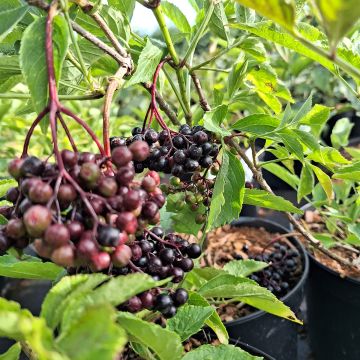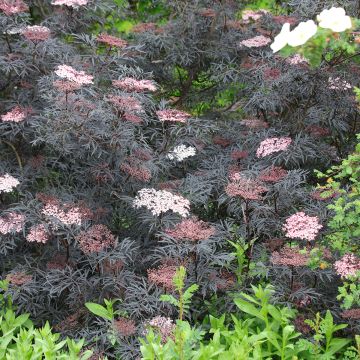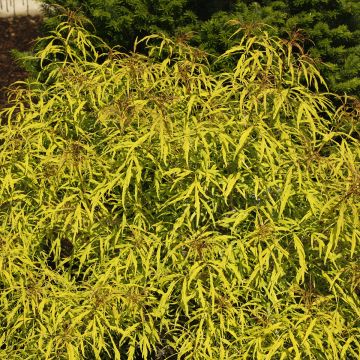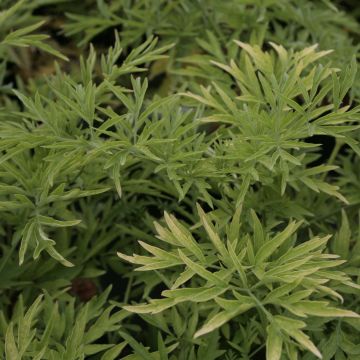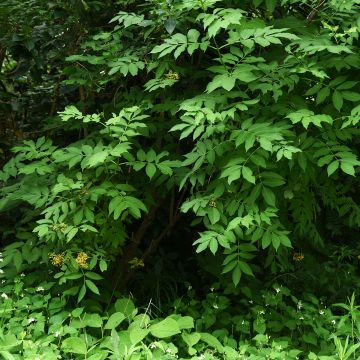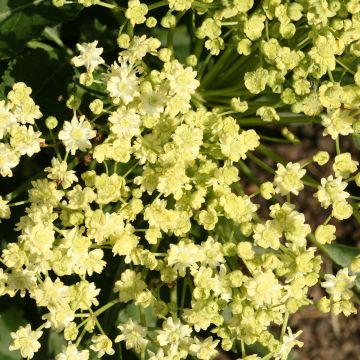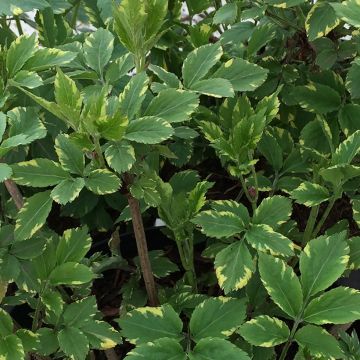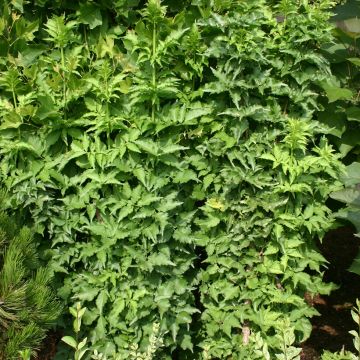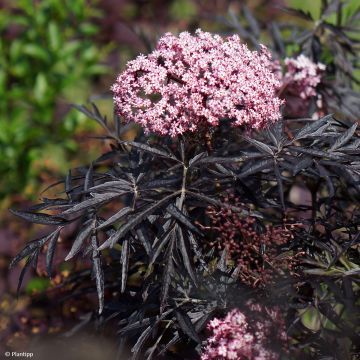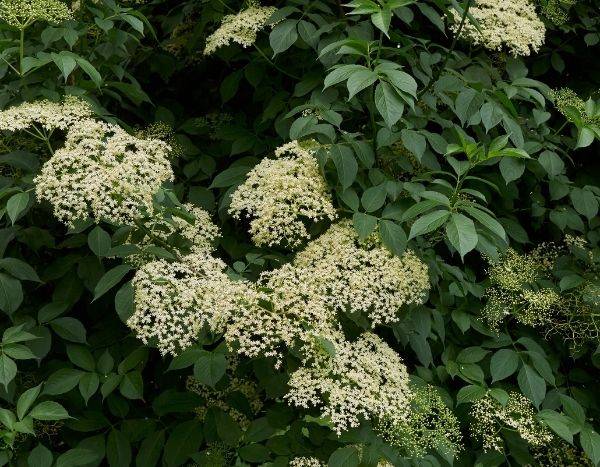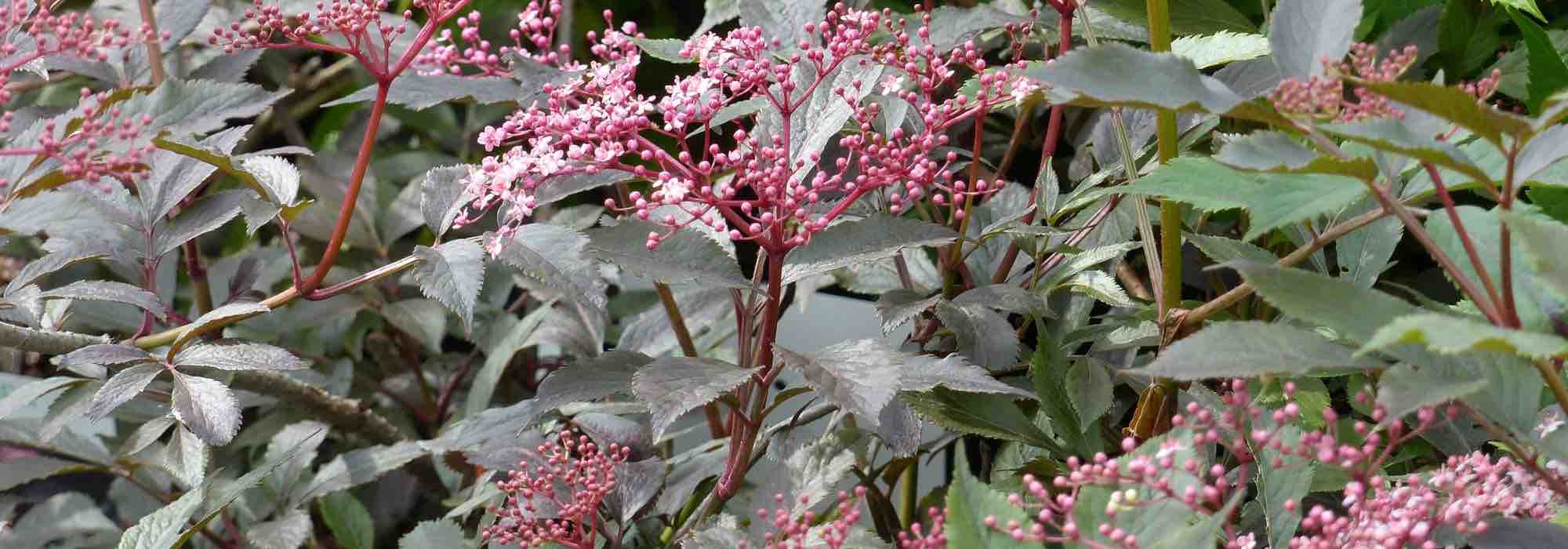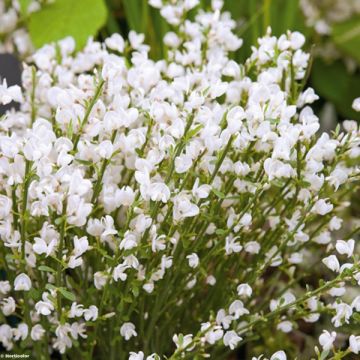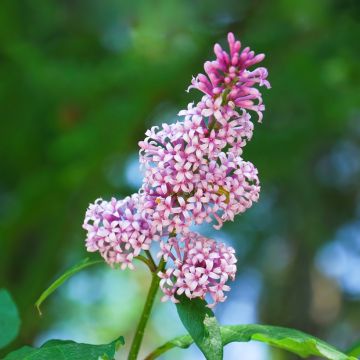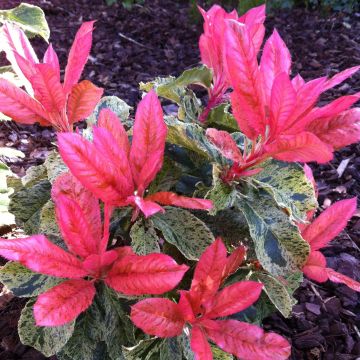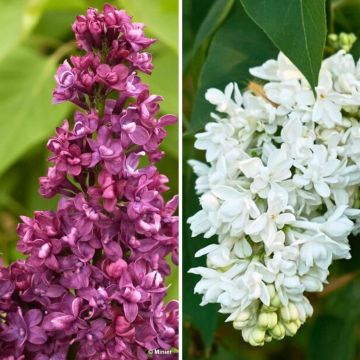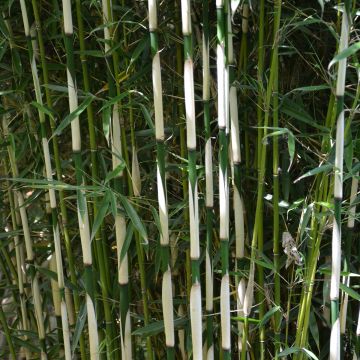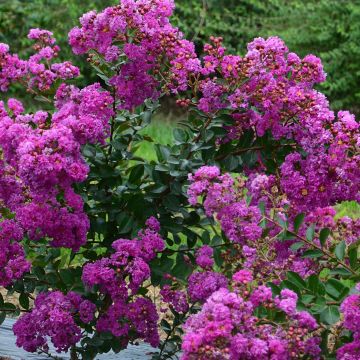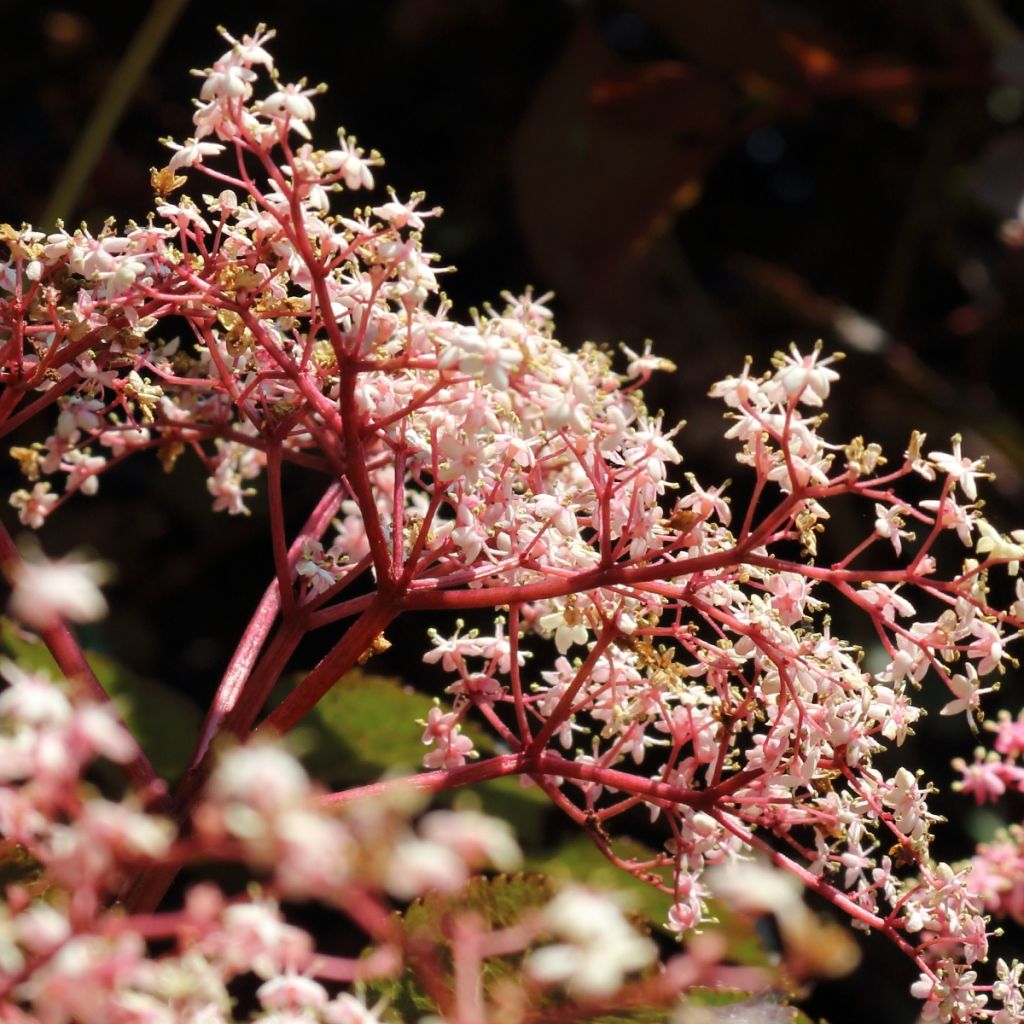

Sambucus Chocolate Marzipan - sureau
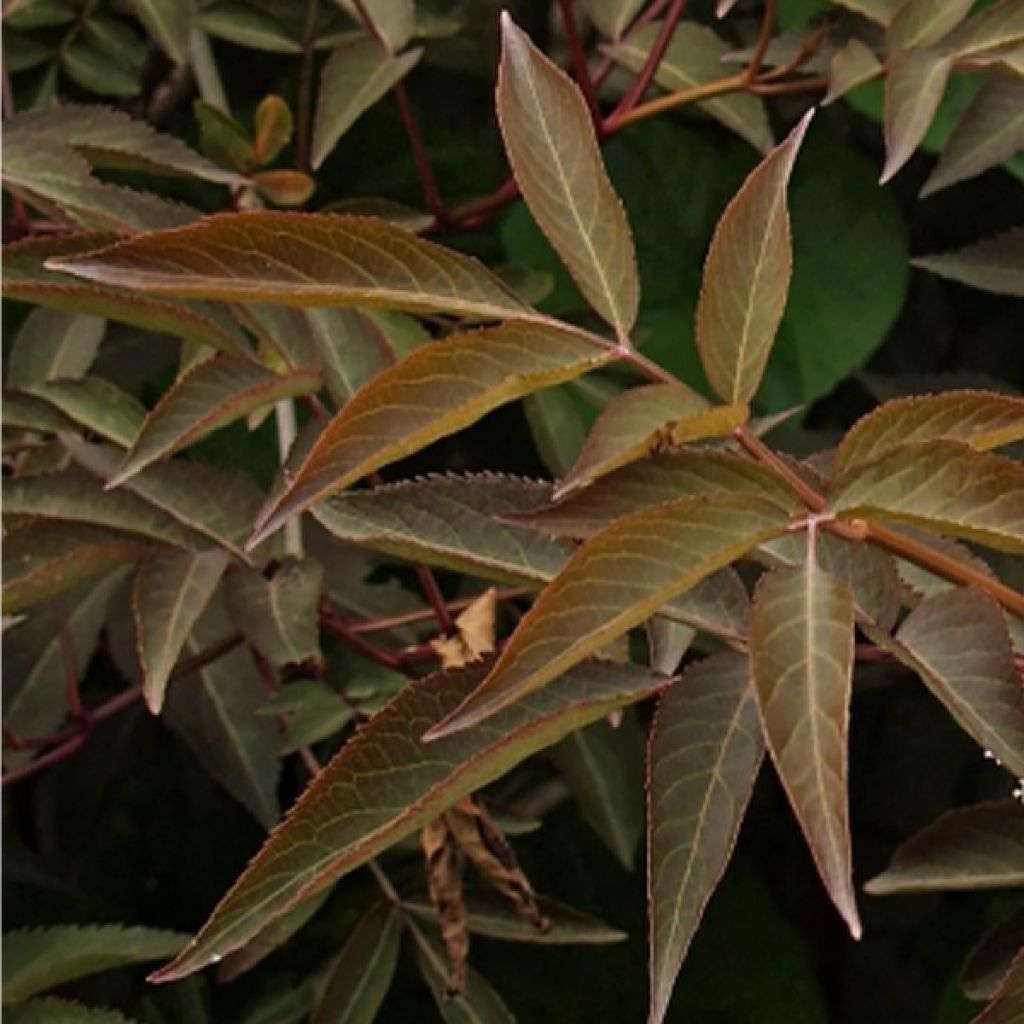

Sambucus Chocolate Marzipan - sureau
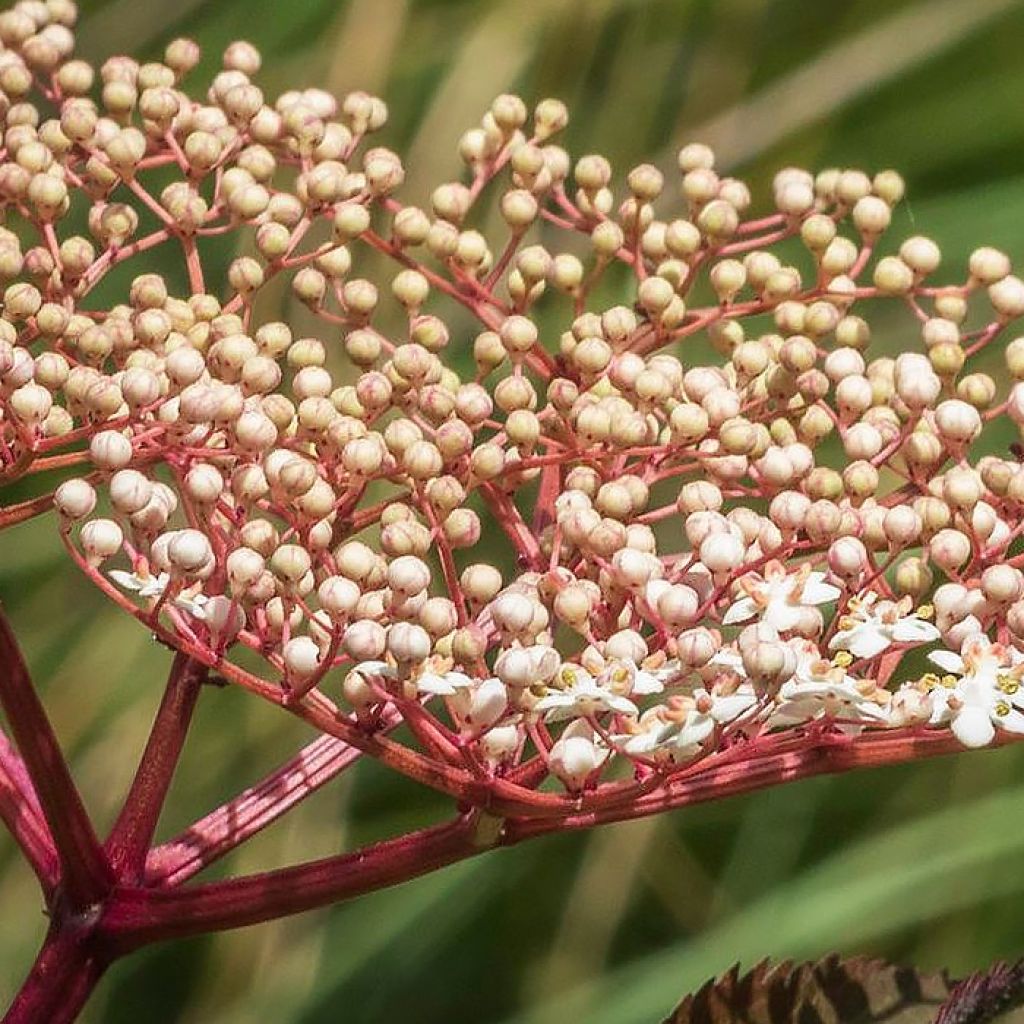

Sambucus Chocolate Marzipan - sureau


Sambucus Chocolate Marzipan - sureau
Sambucus Chocolate Marzipan
Sambucus nigra Chocolate Marzipan
European Elder, Black Elder, Elder, Elderberry, European Elderberry, European black Elderberry
Special offer!
Receive a €20 voucher for any order over €90 (excluding delivery costs, credit notes, and plastic-free options)!
1- Add your favorite plants to your cart.
2- Once you have reached €90, confirm your order (you can even choose the delivery date!).
3- As soon as your order is shipped, you will receive an email containing your voucher code, valid for 3 months (90 days).
Your voucher is unique and can only be used once, for any order with a minimum value of €20, excluding delivery costs.
Can be combined with other current offers, non-divisible and non-refundable.
Why not try an alternative variety in stock?
View all →This plant carries a 24 months recovery warranty
More information
We guarantee the quality of our plants for a full growing cycle, and will replace at our expense any plant that fails to recover under normal climatic and planting conditions.
Would this plant suit my garden?
Set up your Plantfit profile →
Description
Sambucus 'Chocolate Marzipan' is a bush with bronze foliage, which is both unusual and charming. In late spring, it is covered with pinkish-white flowers gathered in fragrant and nectar-rich "plates". Highly adaptable, it tolerates most soils, even poorly drained ones, and will therefore find a place in the sun or in partial shade in all gardens, either as a standalone plant or as a hedge, except in very hot and dry climates.
Found in the wild throughout Europe, the black elderberry or elder belongs to the Adoxaceae family, which also includes viburnums. It is a large, strong, fast-growing bush with incurved branches and a rather disorderly habit. Its large leaves, sometimes exceeding 30 cm (12in), are divided into elongated leaflets that emit a slightly fetid odour when crushed. Highly ubiquitous, it is capable of growing in the most constrained situations, in rocks, in waterlogged soils in winter... only prolonged drought can harm it and it is highly pest and disease resistant. Well-established plants literally disappear under a mass of white or pinkish-white flowers in June, perfumed and gathered in large plateaux (corymbs) that can be used to make delicious fritters, jellies or herbal teas. They are also true bee magnets, making them an essential plant in gardens, and can also promote pollination in orchards. Small black fruits then form during the summer if the flowers are not removed, to the delight of birds. While old specimens can exceed 6 m (20ft) in height, in our gardens they generally reach about 3-4 m, and their lifespan is relatively short (around 15 to 25 years). Elder is a pioneer species that arrives on sparsely vegetated land and disappears when trees begin to establish themselves.
The 'Chocolate Marzipan' elder is a hybrid black elderberry with wonderful young chocolate bronze foliage. The edge of the leaves is darker than the central vein, creating a beautiful gradient effect. The flowers, on the other hand, are pinkish-white and borne on reddish-purple peduncles. This variety has a rather bushy habit and will not exceed 3 m (10ft) in height and 2 m (7ft) in width.
Highly hardy and adaptable, Sambucus 'Chocolate Marzipan' can withstand temperatures as low as -25°C (1°F). It will look its best in deep, not too poor soil, and not too dry either, although it can tolerate periods without water once established. Choose a sunny location for this variety, as the beautiful chocolate hues of the foliage are much more pronounced there than in partial shade. You can plant this elderberry as a standalone plant, but also in a country hedge, where its slightly wild and refined nature will make it a major focal point. For example, associate it with bladdernut (Staphylea colchica), Deutzia 'Mont Rose', Abelia grandiflora, 'Rouge de Zeller' hazel or Berberis darwinii, for colourful and invigorating hedges.
Sambucus Chocolate Marzipan in pictures
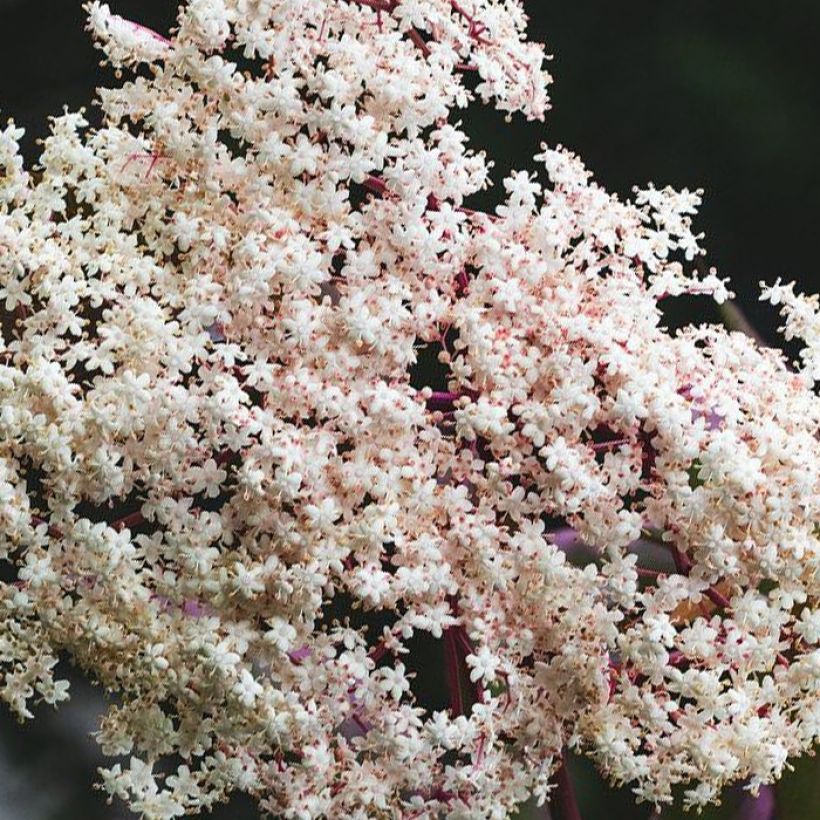



Plant habit
Flowering
Foliage
Botanical data
Sambucus
nigra
Chocolate Marzipan
Adoxaceae
European Elder, Black Elder, Elder, Elderberry, European Elderberry, European black Elderberry
Cultivar or hybrid
Other Sambucus - Elder tree
View all →Planting and care
Easy to grow, the Chocolate Marzipan black elderberry can be planted in spring or autumn, in any ordinary soil, not too poor, fairly deep and not too dry, even though it tolerates periods of temporary drought quite well in deep soil once established. It requires little maintenance. Plant it in the sun to enjoy significant fruiting, otherwise in partial shade. It is undemanding of soil type, accepting clay, limestone, sand, and even poor soils. The ideal planting mix is half compost/half garden soil. It is very hardy. To promote flowering, prune old branches to rejuvenate them and prune young branches by a third, at the end of winter.
Planting period
Intended location
Care
Planting & care advice
This item has not been reviewed yet - be the first to leave a review about it.
Similar products
Haven't found what you were looking for?
Hardiness is the lowest winter temperature a plant can endure without suffering serious damage or even dying. However, hardiness is affected by location (a sheltered area, such as a patio), protection (winter cover) and soil type (hardiness is improved by well-drained soil).

Photo Sharing Terms & Conditions
In order to encourage gardeners to interact and share their experiences, Promesse de fleurs offers various media enabling content to be uploaded onto its Site - in particular via the ‘Photo sharing’ module.
The User agrees to refrain from:
- Posting any content that is illegal, prejudicial, insulting, racist, inciteful to hatred, revisionist, contrary to public decency, that infringes on privacy or on the privacy rights of third parties, in particular the publicity rights of persons and goods, intellectual property rights, or the right to privacy.
- Submitting content on behalf of a third party;
- Impersonate the identity of a third party and/or publish any personal information about a third party;
In general, the User undertakes to refrain from any unethical behaviour.
All Content (in particular text, comments, files, images, photos, videos, creative works, etc.), which may be subject to property or intellectual property rights, image or other private rights, shall remain the property of the User, subject to the limited rights granted by the terms of the licence granted by Promesse de fleurs as stated below. Users are at liberty to publish or not to publish such Content on the Site, notably via the ‘Photo Sharing’ facility, and accept that this Content shall be made public and freely accessible, notably on the Internet.
Users further acknowledge, undertake to have ,and guarantee that they hold all necessary rights and permissions to publish such material on the Site, in particular with regard to the legislation in force pertaining to any privacy, property, intellectual property, image, or contractual rights, or rights of any other nature. By publishing such Content on the Site, Users acknowledge accepting full liability as publishers of the Content within the meaning of the law, and grant Promesse de fleurs, free of charge, an inclusive, worldwide licence for the said Content for the entire duration of its publication, including all reproduction, representation, up/downloading, displaying, performing, transmission, and storage rights.
Users also grant permission for their name to be linked to the Content and accept that this link may not always be made available.
By engaging in posting material, Users consent to their Content becoming automatically accessible on the Internet, in particular on other sites and/or blogs and/or web pages of the Promesse de fleurs site, including in particular social pages and the Promesse de fleurs catalogue.
Users may secure the removal of entrusted content free of charge by issuing a simple request via our contact form.
The flowering period indicated on our website applies to countries and regions located in USDA zone 8 (France, the United Kingdom, Ireland, the Netherlands, etc.)
It will vary according to where you live:
- In zones 9 to 10 (Italy, Spain, Greece, etc.), flowering will occur about 2 to 4 weeks earlier.
- In zones 6 to 7 (Germany, Poland, Slovenia, and lower mountainous regions), flowering will be delayed by 2 to 3 weeks.
- In zone 5 (Central Europe, Scandinavia), blooming will be delayed by 3 to 5 weeks.
In temperate climates, pruning of spring-flowering shrubs (forsythia, spireas, etc.) should be done just after flowering.
Pruning of summer-flowering shrubs (Indian Lilac, Perovskia, etc.) can be done in winter or spring.
In cold regions as well as with frost-sensitive plants, avoid pruning too early when severe frosts may still occur.
The planting period indicated on our website applies to countries and regions located in USDA zone 8 (France, United Kingdom, Ireland, Netherlands).
It will vary according to where you live:
- In Mediterranean zones (Marseille, Madrid, Milan, etc.), autumn and winter are the best planting periods.
- In continental zones (Strasbourg, Munich, Vienna, etc.), delay planting by 2 to 3 weeks in spring and bring it forward by 2 to 4 weeks in autumn.
- In mountainous regions (the Alps, Pyrenees, Carpathians, etc.), it is best to plant in late spring (May-June) or late summer (August-September).
The harvesting period indicated on our website applies to countries and regions in USDA zone 8 (France, England, Ireland, the Netherlands).
In colder areas (Scandinavia, Poland, Austria...) fruit and vegetable harvests are likely to be delayed by 3-4 weeks.
In warmer areas (Italy, Spain, Greece, etc.), harvesting will probably take place earlier, depending on weather conditions.
The sowing periods indicated on our website apply to countries and regions within USDA Zone 8 (France, UK, Ireland, Netherlands).
In colder areas (Scandinavia, Poland, Austria...), delay any outdoor sowing by 3-4 weeks, or sow under glass.
In warmer climes (Italy, Spain, Greece, etc.), bring outdoor sowing forward by a few weeks.






























